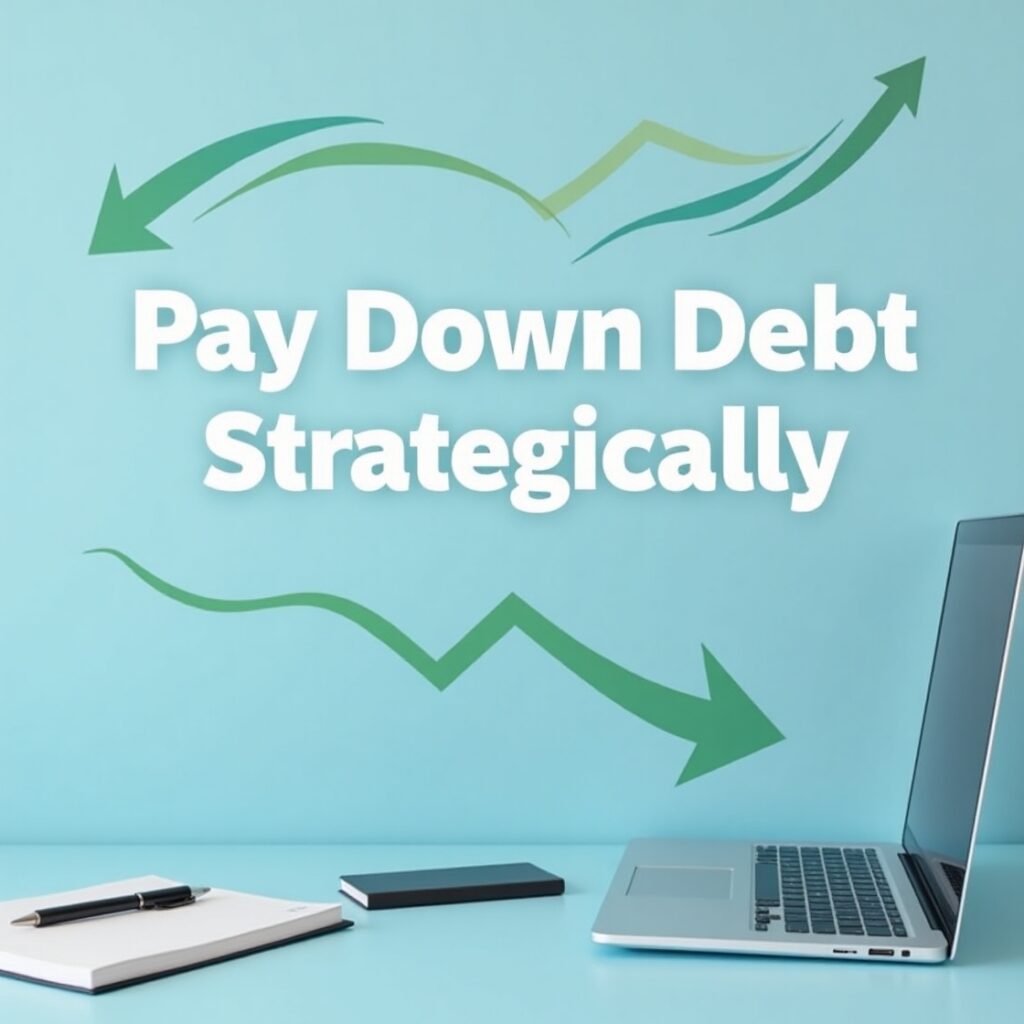. How to Start Managing Your Money Today Introduction Money management is one of the most critical life skills you can develop, yet

.
How to Start Managing Your Money Today
Introduction
Money management is one of the most critical life skills you can develop, yet many of us were never formally taught how to handle money wisely. If you’ve ever felt overwhelmed by bills, unsure how to save, or uncertain about where your money goes each month, you’re not alone. Fortunately, it’s never too late to take control of your finances.
Learning how to manage your money isn’t about making millions overnight—it’s about understanding where your money is going, making intentional decisions, and building a secure financial future one step at a time. Whether you’re starting from scratch or looking to improve your existing habits, this guide will walk you through everything you need to know to begin managing your money effectively today.
We’ll cover budgeting basics, saving strategies, debt repayment, goal setting, and tools that can help you stay organized. The key is to take small, consistent steps that will compound over time. With focus and commitment, financial freedom is well within reach.
1. Understand Your Financial Situation

Before you can manage your money well, you need a clear picture of your current financial situation. Here’s how to get started:
a. Track Your Income
List all your sources of income:
- Salary
- Freelance work
- Investments
- Government benefits
- Side hustles
Be honest and accurate—include your net income (what you actually take home after taxes).
b. List All Your Expenses
Divide your expenses into:
- Fixed (rent, mortgage, insurance, car payments)
- Variable (groceries, utilities, entertainment, dining out)
Use bank statements, receipts, or an app like Mint or YNAB to track your spending over the past 1–3 months.
c. Calculate Your Net Worth
Your net worth is your total assets minus total liabilities.
Assets include:
- Cash
- Bank account balances
- Investments
- Property
- Retirement accounts
Liabilities include:
- Credit card debt
- Student loans
- Car loans
- Mortgages
- Personal loans
Knowing your net worth gives you a snapshot of your financial health.
2. Create a Realistic Budget

A budget helps you plan where your money will go instead of wondering where it went.
a. Choose a Budgeting Method
Popular methods:
- 50/30/20 Rule – 50% needs, 30% wants, 20% savings/debt.
- Zero-Based Budgeting – Every dollar has a job; income minus expenses = $0.
- Envelope System – Cash-based, ideal for limiting spending.
Choose what works for your lifestyle.
b. Set Up Spending Categories
Examples include:
- Housing
- Utilities
- Transportation
- Food
- Insurance
- Debt repayment
- Savings
- Entertainment
- Miscellaneous
Adjust categories based on your spending habits.
c. Monitor & Adjust
Budgeting is not “set it and forget it.” Review monthly. If you’re overspending in one area, cut back in another. Use apps or spreadsheets to keep things simple.
3. Build an Emergency Fund
Image
Drag and drop an image, upload, or choose from your library.UploadMedia LibraryInsert from URL
Unexpected expenses are inevitable. That’s why an emergency fund is crucial.
a. Why You Need One
- Job loss
- Medical emergencies
- Car or home repairs
- Family emergencies
Without a safety net, you might turn to high-interest debt (e.g., credit cards).
b. How Much to Save
Aim for:
- $1,000 to start (basic buffer)
- 3–6 months of expenses eventually
Tailor your emergency fund to your lifestyle and risk level.
c. Where to Keep It
Store it in a high-yield savings account or money market account—not your checking account or investment portfolio. It should be liquid and easily accessible, but not too tempting to dip into.
4. Pay Down Debt Strategically

Debt can be a major roadblock to financial freedom, but it’s manageable with a plan.
a. Know What You Owe
List all debts:
- Balance
- Interest rate
- Minimum monthly payment
- Due date
b. Choose a Repayment Strategy
Popular methods:
- Debt Snowball – Pay off smallest debt first for quick wins.
- Debt Avalanche – Pay off highest interest rate first to save money.
Both are effective—pick the one that keeps you motivated.
c. Negotiate Terms
- Ask creditors for lower interest rates
- Refinance student loans or mortgages
- Consider a balance transfer for credit cards (but watch for fees)
d. Avoid Accumulating More Debt
- Don’t use credit to cover daily expenses
- Cut up or hide your credit cards if needed
- Build new habits that don’t rely on borrowing
5. Start Saving for the Future

Saving is how you build freedom, security, and opportunity.
a. Prioritize Your Goals
Examples:
- Emergency fund
- Travel
- Retirement
- Home down payment
- Starting a business
b. Automate Savings
“Pay yourself first” by setting up automatic transfers to savings accounts. Even small amounts (e.g., $25 per week) add up over time.
c. Use the Right Accounts
- High-yield savings accounts – For short-term goals
- IRAs/401(k)s – For retirement (use employer match if available)
- Brokerage accounts – For long-term investing
- 529 Plans – For college savings
d. Save Windfalls
Use tax refunds, bonuses, and gifts wisely—send a portion to savings rather than spending it all.
6. Invest Intelligently

Investing helps your money grow faster than inflation.
a. Learn the Basics
Understand:
- Stocks
- Bonds
- ETFs
- Mutual funds
- Index funds
- Compound interest
b. Start Early, Start Small
Thanks to compounding, the earlier you start, the more you’ll earn—even with small contributions.
c. Use Tax-Advantaged Accounts
- 401(k)/IRA – Reduces your taxable income now or in the future
- Roth IRA – Pay taxes now, withdraw tax-free later
d. Avoid Common Mistakes
- Don’t chase “hot” stocks
- Avoid timing the market
- Keep investment costs low (favor index funds/ETFs)
Consider a robo-advisor or certified financial planner if you’re unsure where to start.
7. Build Better Money Habits
Sustainable money management is about habits, not just knowledge.
a. Make Money a Weekly Topic
Review your spending, budget, and goals weekly. Make it a regular practice—just like exercising or meal prepping.
b. Educate Yourself
Books:
- The Total Money Makeover by Dave Ramsey
- Your Money or Your Life by Vicki Robin
- I Will Teach You to Be Rich by Ramit Sethi
Podcasts & YouTube channels can also help you stay motivated.
c. Surround Yourself with Support
- Join online financial communities
- Follow frugal and finance influencers
- Talk openly with friends and family about money
d. Practice Delayed Gratification
Wait 24 hours before making a non-essential purchase. You’ll often decide you don’t need it after all.
8. Use Tools and Apps

Technology makes money management easier than ever.
a. Budgeting Apps
- Mint – Tracks spending and budgeting
- YNAB (You Need A Budget) – Helps you plan every dollar
- Goodbudget – Digital envelope system
b. Investing Platforms
- Fidelity / Vanguard – For retirement and index investing
- Robinhood – Beginner-friendly (but use cautiously)
- Acorns / Stash – Micro-investing
c. Credit Monitoring
- Credit Karma
- Experian
Monitor your credit score and history for free.
d. Banking Apps
- Choose banks with strong mobile platforms, easy transfers, savings tools, and no fees.
Conclusion
Taking control of your money doesn’t require perfection—it requires action. Today is the best time to start managing your money, no matter your age or income. Begin by understanding your current situation, creating a workable budget, building an emergency fund, and tackling debt. As you gain momentum, add savings and investment strategies to secure your long-term goals.
Remember, managing money is a journey. Mistakes will happen, and that’s okay. What matters is that you keep learning, adjusting, and moving forward. Whether your goal is to stop living paycheck to paycheck, retire early, or simply feel less stresse




COMMENTS